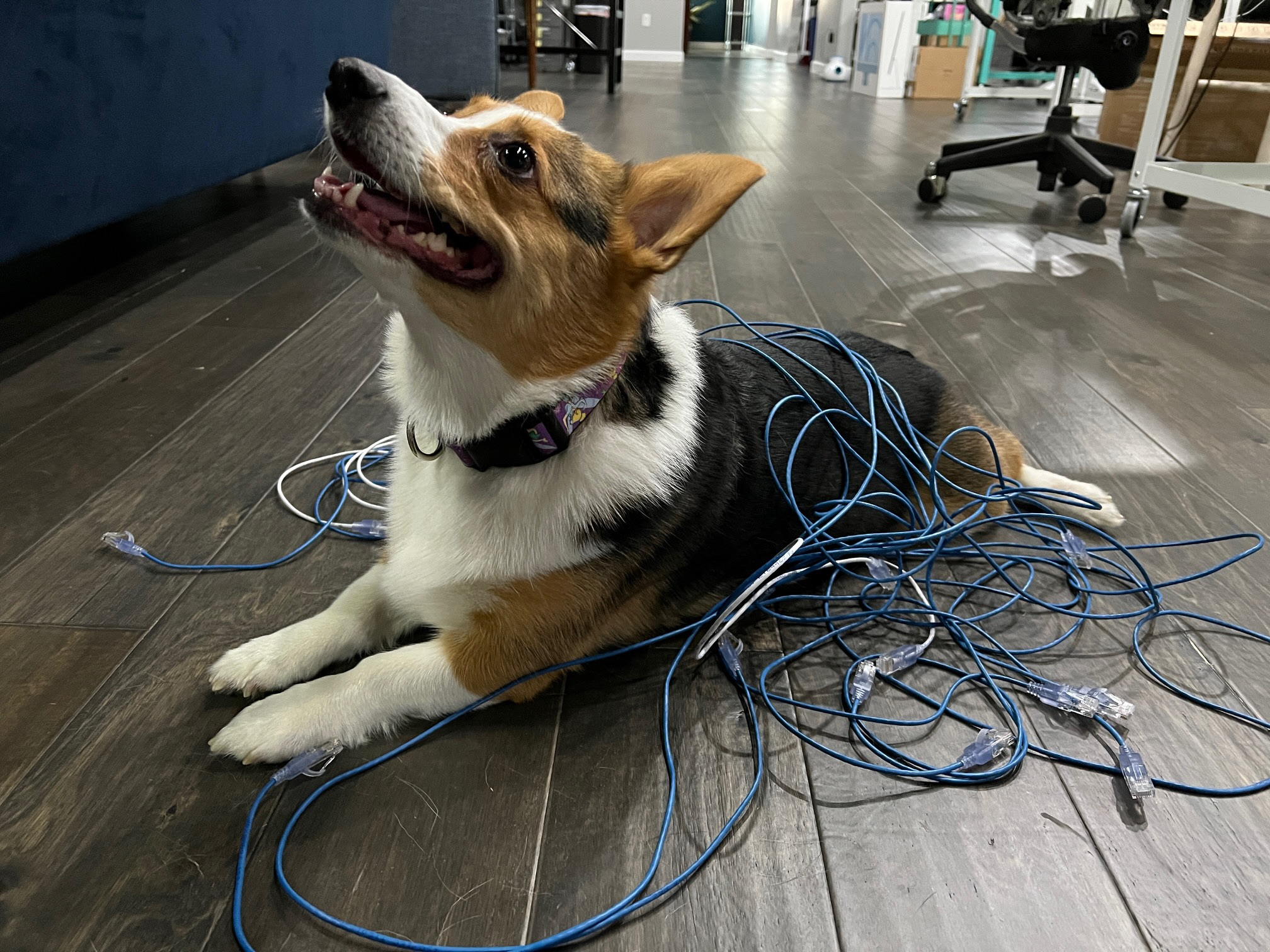In our world of the internet, there are many things we cannot control. To help control what we can, it’s important that you understand what can cause outages and network downtime. While there are a variety of reasons a network can go down, and every network is as unique as a fingerprint, there are many ways to help once the reason can be identified. There are four main reasons for a network to go down: Provider Outage, Technology Failure, Human Error and Extreme Weather.
Network Down Time to Call the Provider
One of the most common ways your network can go down is due to problems with your ISP (Internet Service Provider) which in St. Louis means Spectrum or AT&T. Causes can range from a equipment failure at their facility to a squirrel chewing through fiber on your street. Once there’s an outage, providers often subcontract repairs out, and those contractors have to investigate to find out where the fault is located. Because of this, downtime can range from a few minutes all the way to (in very rare occasions) a few weeks.
How we handle: The best way to combat this is to have multiple, redundant Internet connections – for example, we set up Spectrum for your main internet provider and then configure a cellular failover to pick up when the primary network goes down. We are also testing Starlink, the only viable satellite alternative. With our Knock/NOC program we contact your provider to find out why the network is down and when it would be possible to get it back up and running. Redundancy and diversity helps you stay up and running.
Not Every Network Outage is the Provider
Technology or device failure is another reason a network can go down. It’s really important to make sure your equipment is up to date and that firmware updates are run on it. For a business, having preconfigured spares ready to go could mean the difference between a week of downtime and lost productivity and a couple minutes of an inconvenience. For a residence, knowing what devices you have and where you have them can help with knowing what could need to be replaced.
How we handle: We use Knock/NOC to monitor your network. Firmware updates are taken care of and we get notifications about any potential failures (hopefully) before they even happen. If we install your network, we know your equipment and can have replacements ready to go. Remember, be redundant and stay up and running. It’s just as true for technology as it is for ISP’s.
When the Reason for Being Down isn’t Technology or the Provider
Human error can range from poor deployment to misuse of the network. This is the hardest to pinpoint because we, as humans, have a lot of pride. It’s hard to admit a mistake, especially one that can get pretty costly. Preventing human error is pretty impossible, but we can minimize it.
How we handle: We build and deploy networks. Because of that, we know what we are looking for and how to avoid those normal human errors. You can reach us by text, email, and phone. When you have questions let us know. We will answer it for you and help you avoid any network catastrophes. It’s hard for us to see anything without monitoring your network. Knock/NOC isn’t for every network, but it could be for yours.
Weather Bad? Your Network May Go Down
Extreme weather is one of the few things that can take even the best planning and throw it all away to the side. The best thing you can do is make sure you have an equipment inventory and make sure you know how to find replacements. The next thing to do is be patient.
Providers have to work together to restore services. Downed lines requires Ameren to get in first and fix the lines before Spectrum or AT&T can even get in to evaluate. Once they evaluate they plan on the fly who needs to be there and when. Natural Disaster teams are deployed. We need to be patient and allow them time to work. Ameren works hard to get lines back up and then Spectrum spends hours going in and evaluating lines then assigns the correct teams to fix them. These outages can be days long.
How we handle: We use cellular failover. While yes, there can be outages during extreme weather that can affect cellular as well as WiFi providers like Spectrum, they are your best redundancy plan.
Wouldn’t it be wonderful if we could figure out right away why your network is down? If we could monitor your network, we’d know a lot about it. Understand, our recommendations are based on our experience. This is how we feel best to help you. Knock/NOC is what we use for monitoring and figuring out your network so you don’t have to. We talk with your provider, do the research on your equipment, and provide all the updates and maintenance. While the monitoring, the yearly checkup, and the Firewalla device are all a part of your Knock/NOC subscription, maintenance is at our $120/hr.

